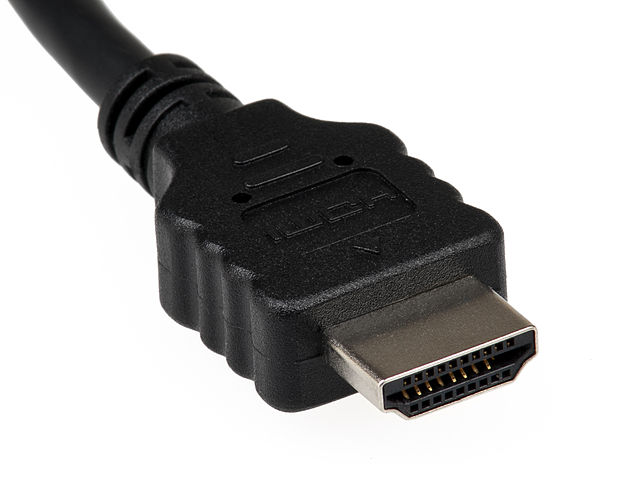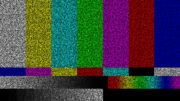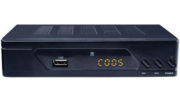Chances are, the TV picture you’re looking at is the best it’s ever been. Whether it’s HD or 4K, it totally blows away the TV of our youth. TV has gotten so good in fact that we tend to not even think about it. But what about sound?
Your TV’s speakers stink.
That’s right, I said. it. If you listen to TV using the tiny little speakers in your TV you’re doing yourself quite a disservice. Those speakers are put in there because they have to be. Manufacturers know that no one actually listens to the TV in the store. They look at the big bright picture and that’s it.
If you want the best sound to go along with your great picture, you’ll need an A/V receiver or soundbar. This is a way to get rich, deep sound that will match your TV. There are several ways to connect a soundbar, and it’s important to know which one you need.
Coaxial digital

A plug like this can mean a lot of things. It’s been used for video and old-school audio. However, the back of your device says “DIGITAL AUDIO” and you see an RCA connection, it’s called “coaxial digital.” It’s a digital signal that travels over a copper wire.
TOSLINK Optical

A plug like this carries the same digital information as the RCA cable, but does it over fiber optics. This system was developed in the 1990s for DVD players and it hasn’t changed much.
And then there’s Bluetooth
Many systems also accept a Bluetooth input for phones and other portable devices. However, this is rarely used in home theater.
Choosing the right connection
Obviously the best choice for you is going to be a connection that is on both your device (your satellite, cable, or streaming box) as well as your A/V receiver or soundbar. Should you choose Coax or TOSLINK: Well here’s where the answer will surprise you.
The right choice is HDMI.

Both coax and TOSLink are 20th-century solutions to a 21st-century problem. They won’t carry the entire digital audio signal in most cases and that makes them a poor choice. The best choice is to use your HDMI cable which is capable of carrying every audio standard used today, even the fancy ones like Dolby Atmos.
Depending on your audio equipment, you’ll hook up the HDMI cable one of two ways. The most common today is to hook up all your equipment via HDMI cable to your A/V receiver or soundbar, then run a single HDMI cable to the TV. The sound equipment handles switching back and forth between sources.
However, you can also use ARC if your TV has it. Look for one of the HDMI ports on your TV to be labeled “ARC” or “Audio Return Channel.” With ARC, you connect everything to your TV and then connect the ARC cable to your sound bar or A/V receiver. This system was common about 10 years ago but is less common today.
No matter what your need is, choosing the best equipment and cables is easier than it ever has been. All you need to do is go to one web site, where you’ll find all the cables, connectors, and free tech support you could want. Did you guess which one it is? Of course it’s Solid Signal.





